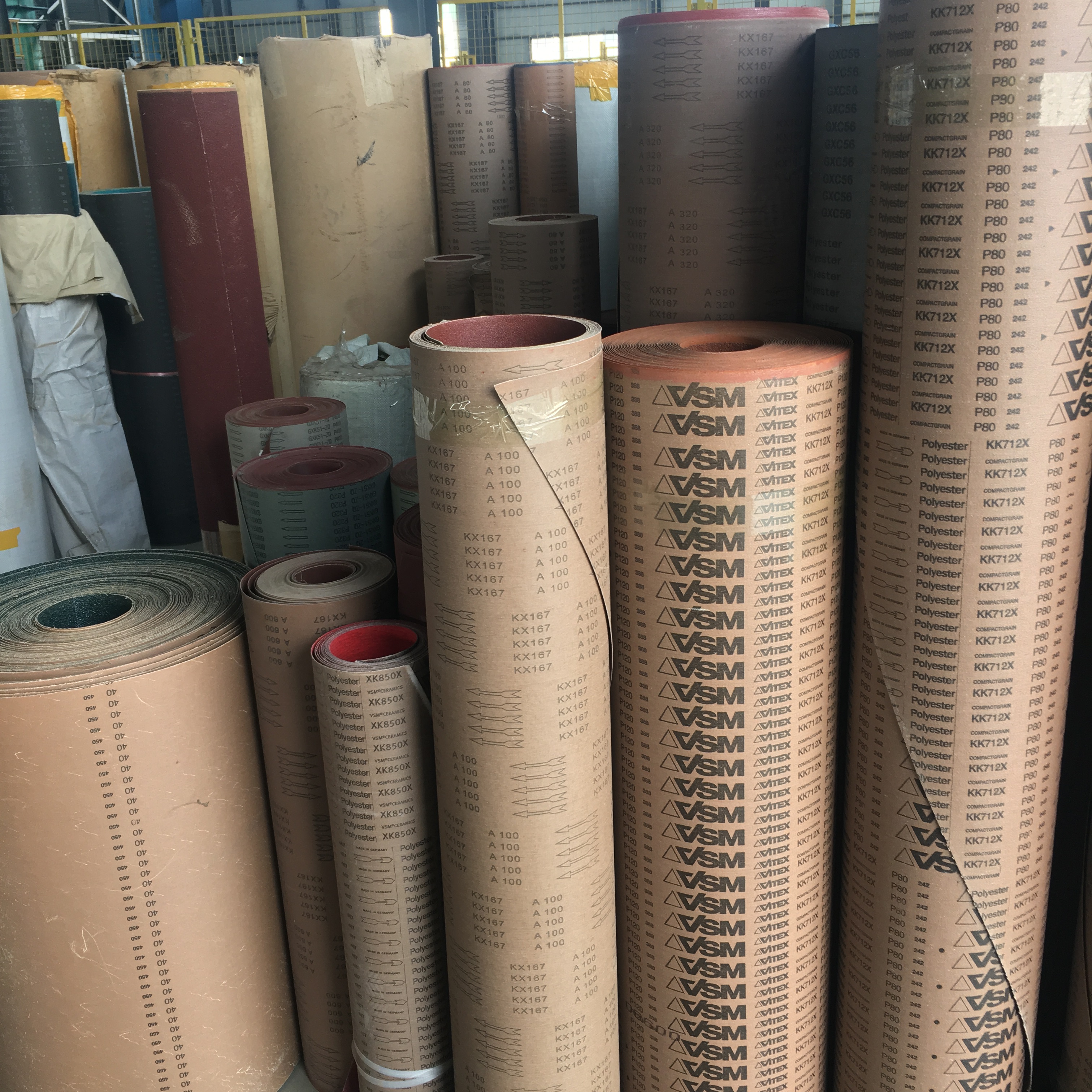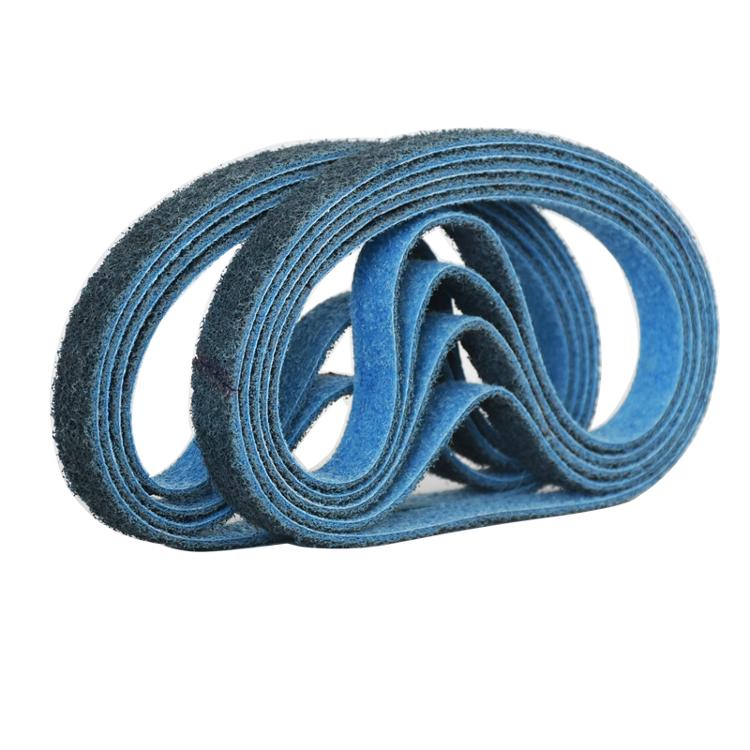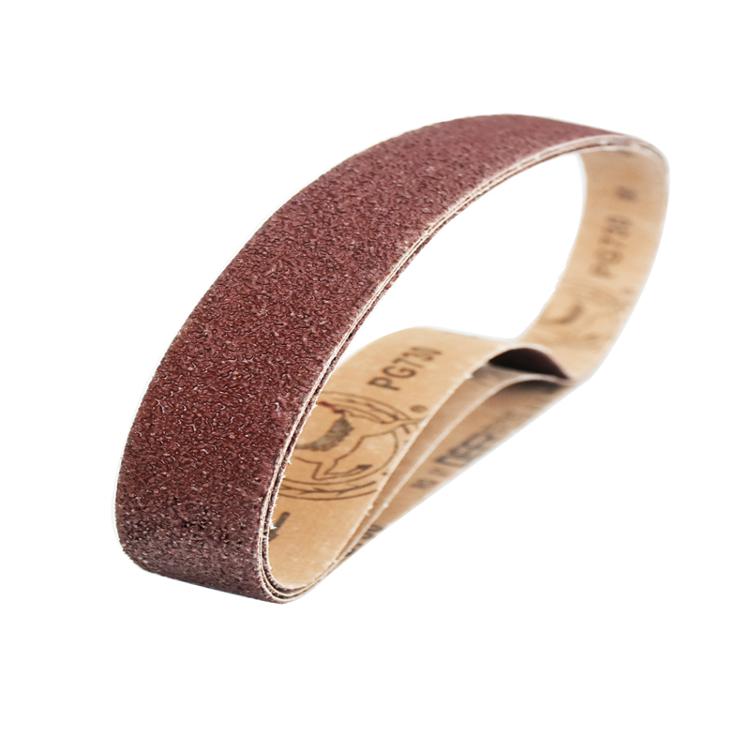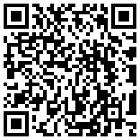
Abrasive Backing Cloth characteristics
Backing Cloth characteristics
Backing cloth is the most important substrate for abrasive belts. It is soft and strong. The base fabric used for the manufacture of the abrasive belt and the coated abrasive is mainly made of cotton cloth and polyester cloth. In recent years, polyester-cotton blended fabrics have also been used more and more in the manufacture of coated abrasives. Fabrics of different fibers, different strengths, different structures and densities can be made according to different objects of use. The type of fiber may be cotton, hemp, synthetic fiber, rayon, polyester fiber, etc., and the cloth thus produced is divided into cotton Backing cloth, linen cloth, synthetic fiber cloth, rayon cloth and polyester fiber cloth. However, it is most widely used in cotton. It shows that it is smooth and has good resilience. It has good adhesion to various adhesives, and the cotton Backing cloth is rich and cheap. The man-made fiber substrate is not suitable for animal glue binders. For abrasive belts with high strength requirements, burlap, nylon Backing cloth and polyester Backing cloth can be used as the substrate.
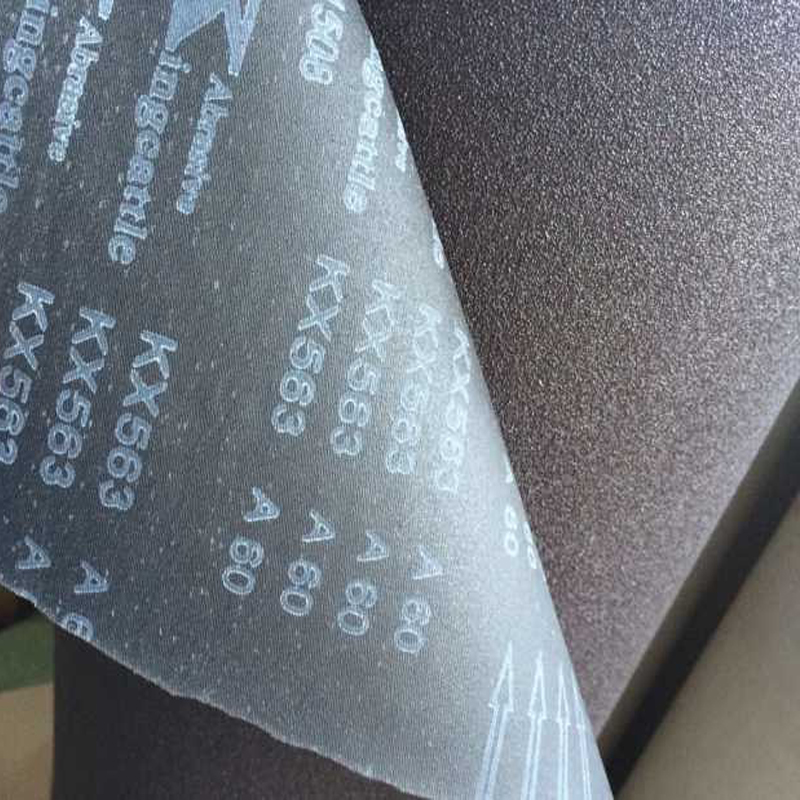
The Backing cloth base also has different weight grades as the paper base. In general, heavy-duty fabrics are mainly suitable for coarse-grained and strong grinding, and lightweight fabrics are suitable for fine-grained and polished grinding. The division standard of the weight of the Backing cloth substrate is different for all countries and major manufacturers in the world, and each has its own regulations, as shown in Table 1 and Table 2. Domestic selection basically refers to the above principles.
| Table 1: Norton original cloth classification | |||
| Type | weight/g | Fiber type | Application |
| J | 135.7 | cotton,Synthetic fiber, blended | Light load belt |
| X | 203.6 | cotton,Synthetic fiber, blended | General abrasive belt |
| Y | 256.7 | cotton,Synthetic fiber, blended | Heavy load belt |
| H | 339 | Synthetic fiber | Heavy load belt |
| S | cotton | Special belt | |
| Table 2: VSM original cloth classification | |||
| Type | Name | Performance | Application |
| X | Heavy twill | Dense and thick, high strength | Heavy grinding belt |
| T | twill | Dense and thick, lighter than X | General abrasive belt |
| J | light twill | Thin and thin, soft and soft | polishing abrasive belt |
| F | light twill | Softer than J cloth, rich in flexibility | |
| E | twill | Particularly soft | |
Synthetic fiber cloth and polyester fiber cloth are developed after people recognize certain defects of cotton cloth (such as poor water resistance, relatively low strength, etc.). In the 1960s, the United States first successfully produced a nylon-based abrasive belt, named Microlon abrasive belt, which is about 20 times more efficient than ordinary cloth-based abrasive belts. In the 1970s, a polyester fiber substrate was produced, which had better tensile strength and lower elongation, smooth surface, better heat resistance and water resistance, and was suitable for manufacturing heavy-duty high-efficiency abrasive belts. The Norton abrasive belt produced by Norton Company of the United States is the substrate used in the world, which has attracted extensive attention from all over the world and has achieved rapid development. In some industrialized countries, polyester products account for 7% to 8% of the entire cloth-coated abrasives, while the United States has reached 13.5% in 1981, and it is still rising, most of which are used for production. Abrasive belt.
Table 3 lists the physical and mechanical properties of the US 3M cotton substrate and polyester fiber substrate.
| Table 3: Comparison of properties of 3M polyester substrate and cotton substrate | |||||
| Backing cloth | weigth/g | tensile strength | Bursting strength / kg | Shear strength / (kg · cm -1) | |
| backing/(kg.cm1) | Filler/(kg.cm1) | ||||
| X heavy duty cotton cloth | 237.1 | 35.7 | 11.6 | 45.4 | 53.6 |
| Y heavy duty cotton cloth | 298.3 | 44.7 | 13.4 | 56.8 | 62.6 |
| x type heavy duty polyester cloth | 213.6 | 50.1 | 15.2 | 68.1 | 53.6 |
| Y type heavy duty polyester cloth | 264.4 | 67.0 | 16.1 | 90.8 | 62.6 |
| Mesh cloth | 200.0 | 58.1 | 31.3 | 136.2 | 89.4 |
The abrasive belt has the requirements for the original fabric.
1 fiber type.
In general, most of the original fabric used for the coated abrasives is cotton, which is determined by its superior performance. Mainly manifested in:
1 Good adhesion to various adhesives;
2 The surface is flat and the flexibility is good
3 high strength, small elongation;
4 The source is sufficient and the price is cheap.
The surface of rayon and synthetic fiber products is flat and high in strength, but the elongation is generally large, selective to the binder, and difficult to handle. Due to the improvement of the original cloth treatment technology, the application of man-made fibers and synthetic fiber products has also developed rapidly, especially polyester cloth. Because of its flat surface, high breaking strength and good waterproof performance, it has a small elongation after being subjected to high temperature stretching and setting treatment, and it is not deformed during use, and has been widely used.
Since the end of the 1990s, due to the introduction of Japanese and Korean manufacturing technology, polyester-cotton blended fabrics have developed rapidly in China's coated abrasives due to their advantages of thick fabric, smooth surface, high strength and low price. However, since the polyester-cotton blended fabric is composed of cotton fiber and polyester fiber, and the requirements for the original cloth are different, it is necessary to take the same treatment method to treat the cotton fiber and the polyester fiber well, which needs to be taken seriously.
2 with cotton.
The quality of cotton plays a decisive role in the quality of the original cloth. The cloth for the belt should be made of high-quality cotton. The cotton fiber is fine and long, and the maturity is suitable. The woven fabric is of good quality, compact, white and neps. The impurities are small, the strength is large, and the elongation is small, so the original cloth has high requirements for cotton blending.
For blended fabrics, cotton blends also include the ratio of various fibers.
3 weight.
As with paper requirements, different coated abrasives have different requirements for the weight of the original fabric. In general, heavy-duty fabrics are mainly suitable for coarse-grained and strong grinding, while lightweight fabrics are suitable for fine-graining and grinding. The sash-like abrasive cloth has lower requirements on the original cloth, and a light-weight cloth can be used; while the abrasive belt generally uses a heavy-duty cloth with a large breaking strength. Countries and major production plants divide the original fabric into several grades according to the weight of the original unit area, for selection. See Table 4.
| Type | Weight/(g.m2) | Fiber type | Appliction |
| L | >120 | Cotton, blended | Page, roll |
| F | >160 | Cotton, blended | Page, roll |
| J | >200 | Cotton, blended, polyester | roll,ribbon |
| X | >250 | Cotton, blended, polyester | ribbon |
| Y | >330 | blended, polyester | strip |
4 original fabric and yarn count.
The coated abrasive is generally twill because of its thick texture, softness and high strength.
Fine twill fabric with large count, fine yarn and smooth surface, suitable for producing fine-grained abrasive cloth; coarse twill with small count, thick yarn, high strength, thick and soft, suitable for producing coarse-grain coated abrasives.
The twill fabric to which the abrasive article is applied generally uses a half-thread fabric of a woven fabric or a radial weft. In the production of fine-grained, plain weave can also be used, since it is flat and suitable for polishing.
5 warp density, strength and elongation.
The density of the original fabric used for the coated abrasive should be moderate to maintain softness and strength. It is too dense and brittle, and it affects the adsorption of the adhesive; it is too thin, the strength is low, and the amount of glue is too large.
High warp density and low weft density are the second requirements for the density of the original cloth. This is because the coated abrasive tool requires the original fabric to have a large radial strength, a small latitudinal strength, and is easy to tear.
Low elongation is also a requirement for coated abrasives on cotton
abrasive belt | Zirconia Alumina Abrasive Belt | Compact Abrasive Belt | Silicon Carbide Abrasive Belt
Copyright ©Henan Sanders Abrasives Co.,Ltd All Rights Reserved. Technical Support By Yihong Century Network Technology Co., Ltd. Sitemap

 Henan Sanders
Abrasives Co.,Ltd
Henan Sanders
Abrasives Co.,Ltd
